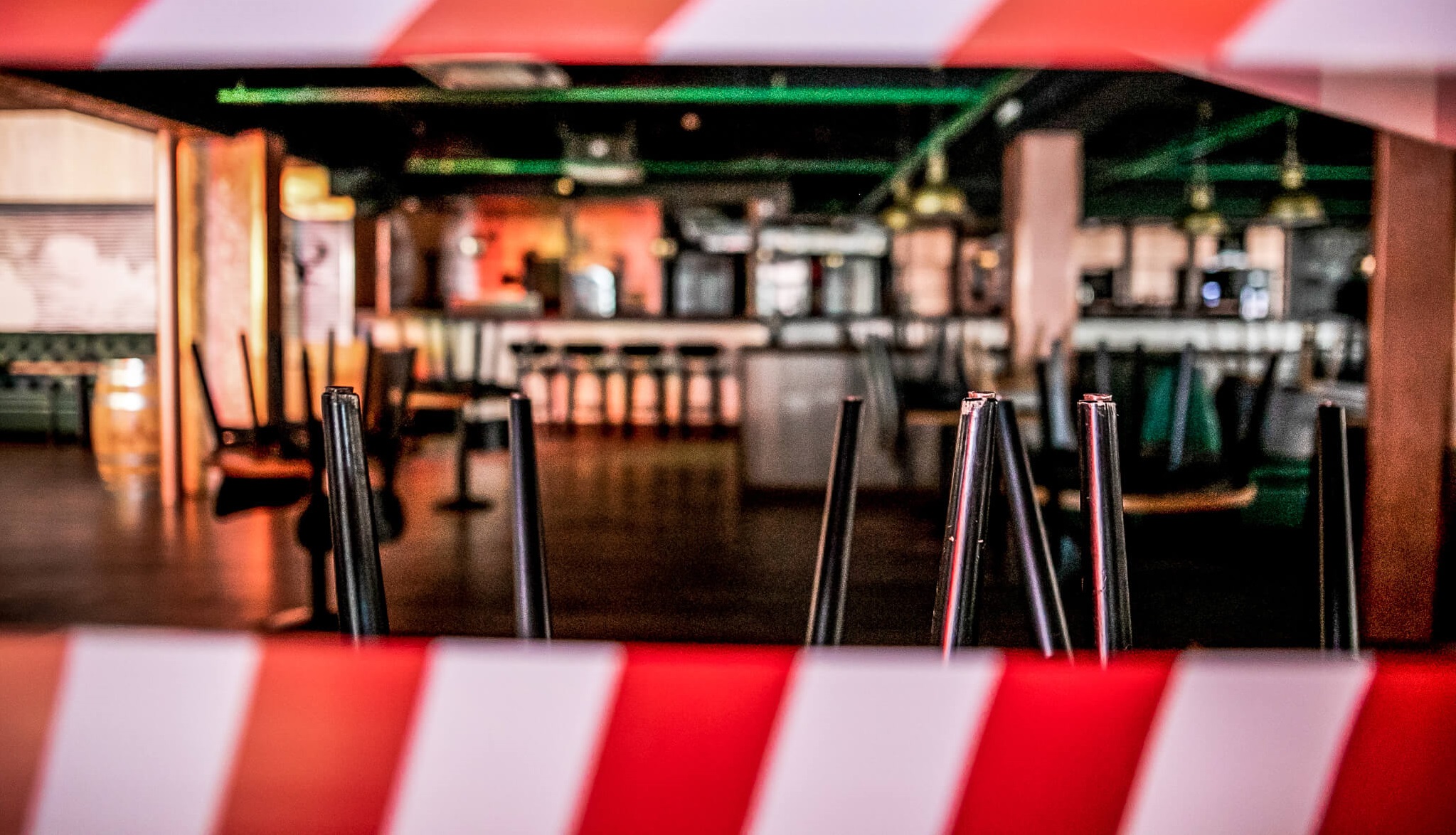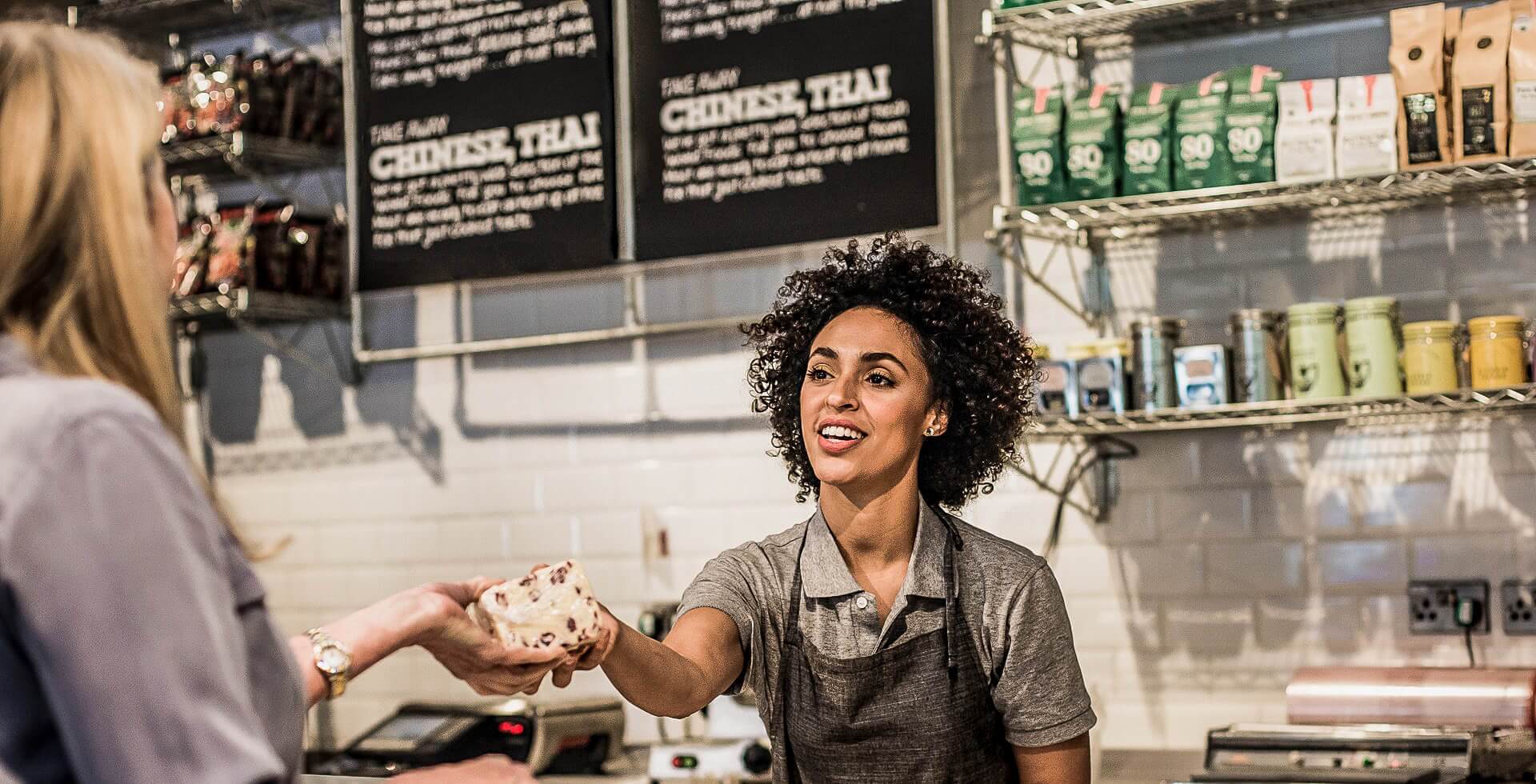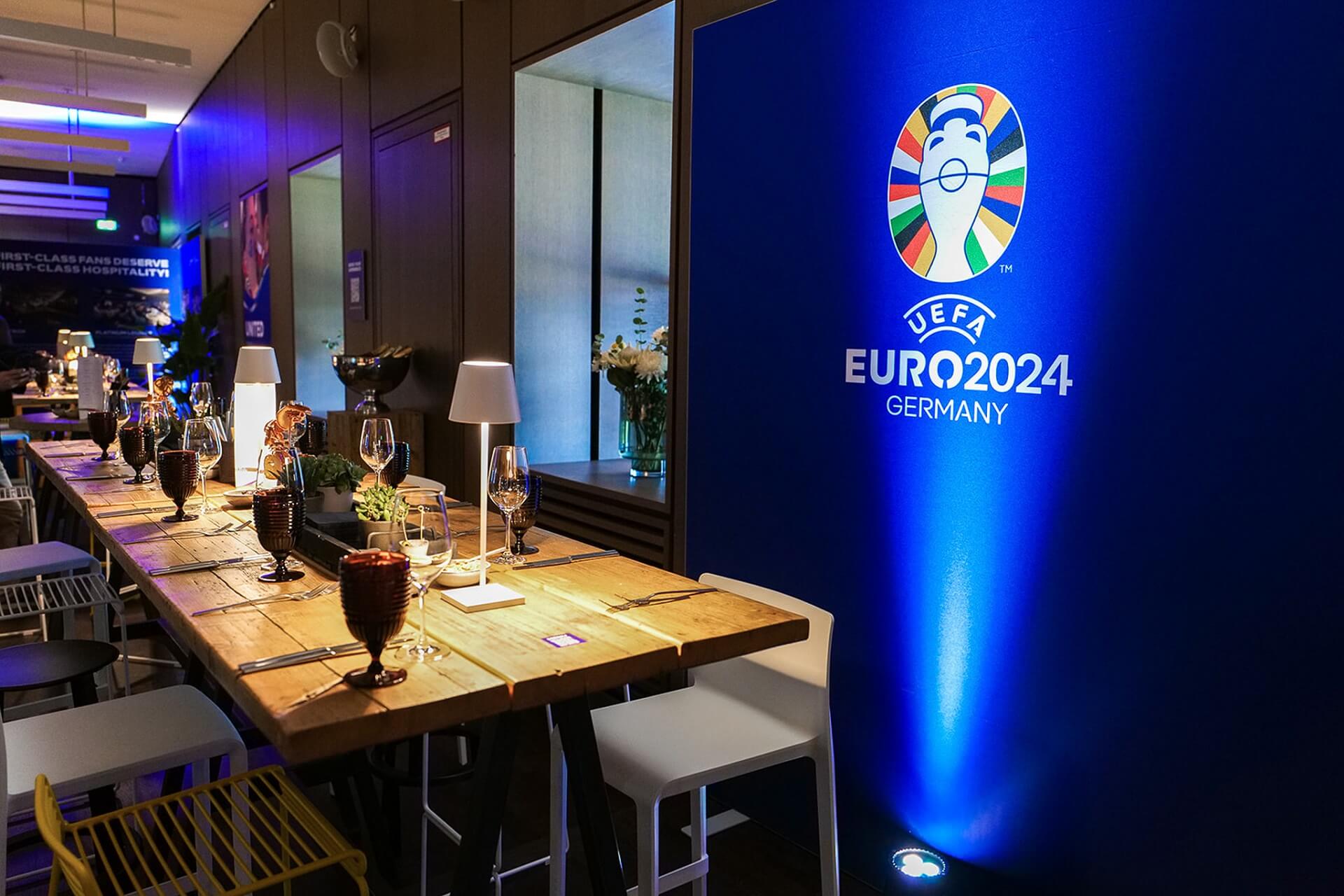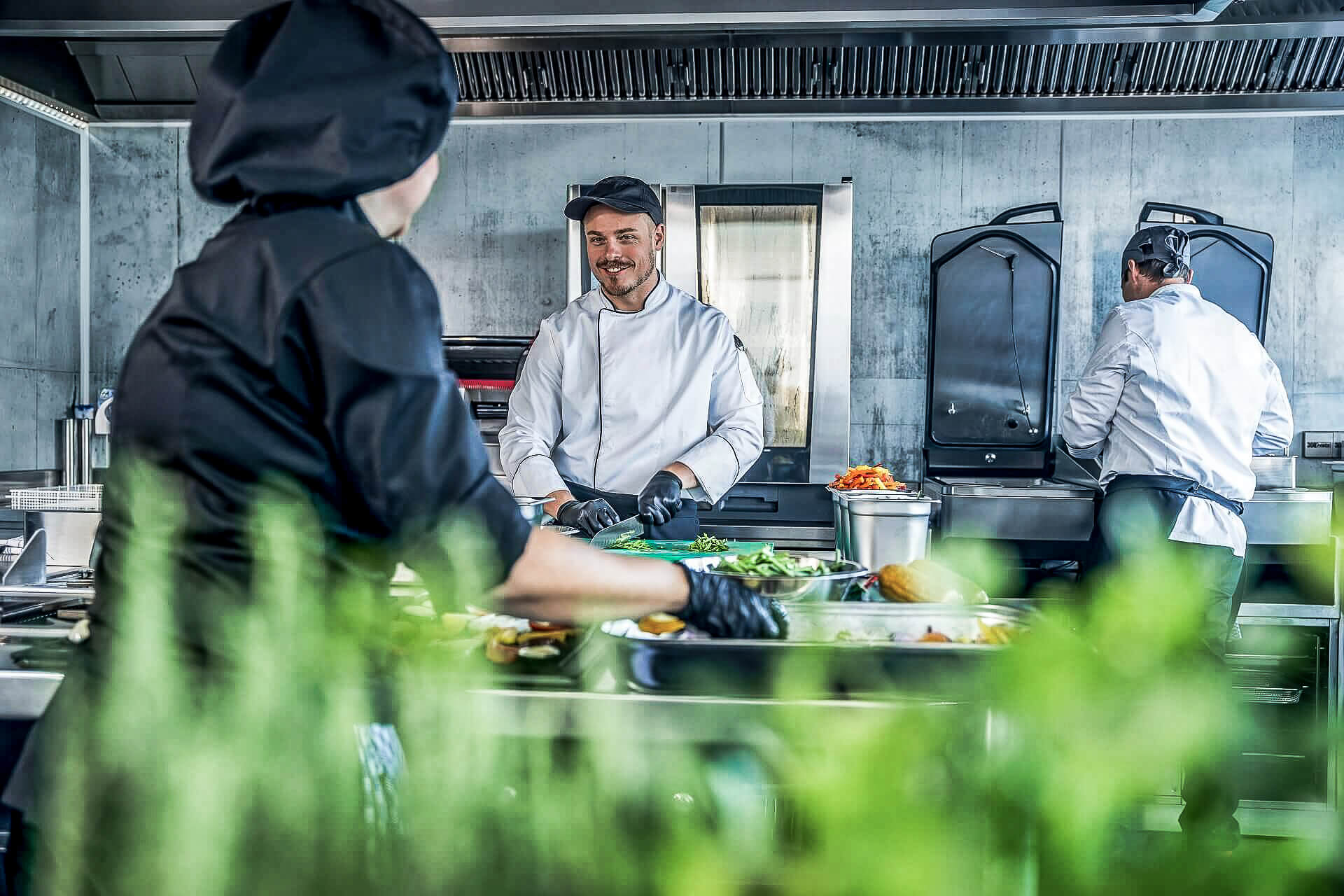Nobody saw it coming, and even when we realized that Covid-19 was going to touch the whole world, who would have thought it would have such a devastating impact and still be restricting the way we live our lives and conduct our businesses nearly a year on.
Of course, everyone agrees that measures had to be taken to stop the spread of the virus and save lives, but the impact on the hospitality sector has been savage. A recent report from JLL Foodservice Consulting Foodservice, the post Covid-19 landscape, estimates permanent restaurant closures of around 30%, and even as high as 50% in Europe and the Middle East.
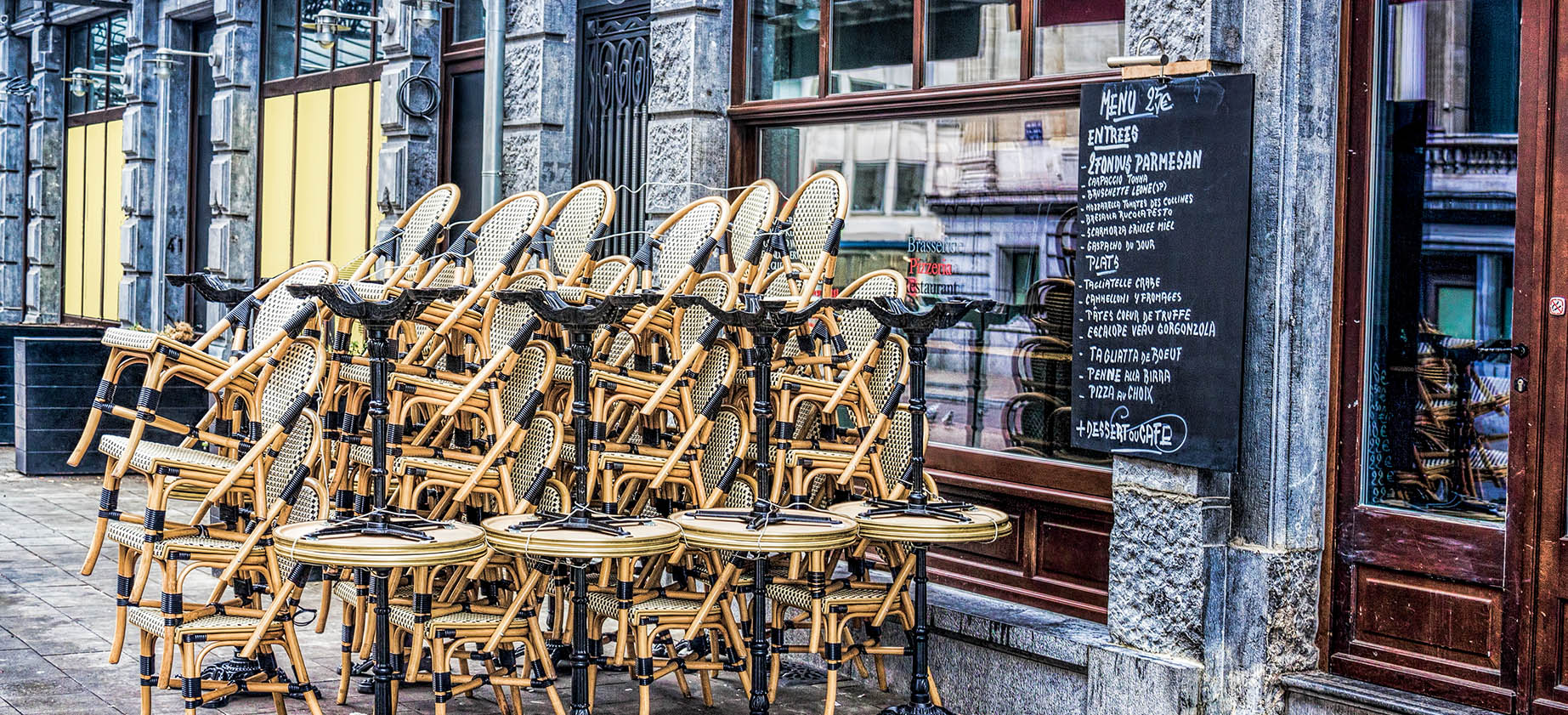
Image: AdobeStock | ArTo
Space for entrepreneurs
As the report explains, many established foodservice brands will be concentrating on survival and may close underperforming units to rationalize their portfolios. A glimmer of light in this gloom is that this release of retail space onto the market could provide an opportunity for entrepreneurial new businesses to shift from takeaway or food trucks or kiosk to a bricks-and mortar presence.
This is something to bear in mind when considering the incredible growth of dark – or ghost – kitchens, due to the uptick in the delivery model due to Covid-19 restrictions. As Ian Hanlon, Director at Coverpoint Foodservice Consulting and formerly with JLL, points out: “There are in excess of 700 dark kitchens in the UK, but this is dwarfed by the estimated 7,500+ units in China according to Euromonitor. Indeed, the growth of the market, according to the same source, is forecast to reach €1 trillion by 2030 on a global basis.”
Undoubtedly the growth in the volume of online food sales and delivery have been fueled by its low or no contact, which is perceived as safer in these times. As Hanlon goes on to say: “There is undoubtedly lots of pent up demand to socialize and have restaurant experiences again, but currently only about 60% of consumers in the UK plan to eat out when restaurants re-open. Getting the balance of consumers to eat out to the same level as pre-crisis levels will be the real challenge, even with safety measures in place.”
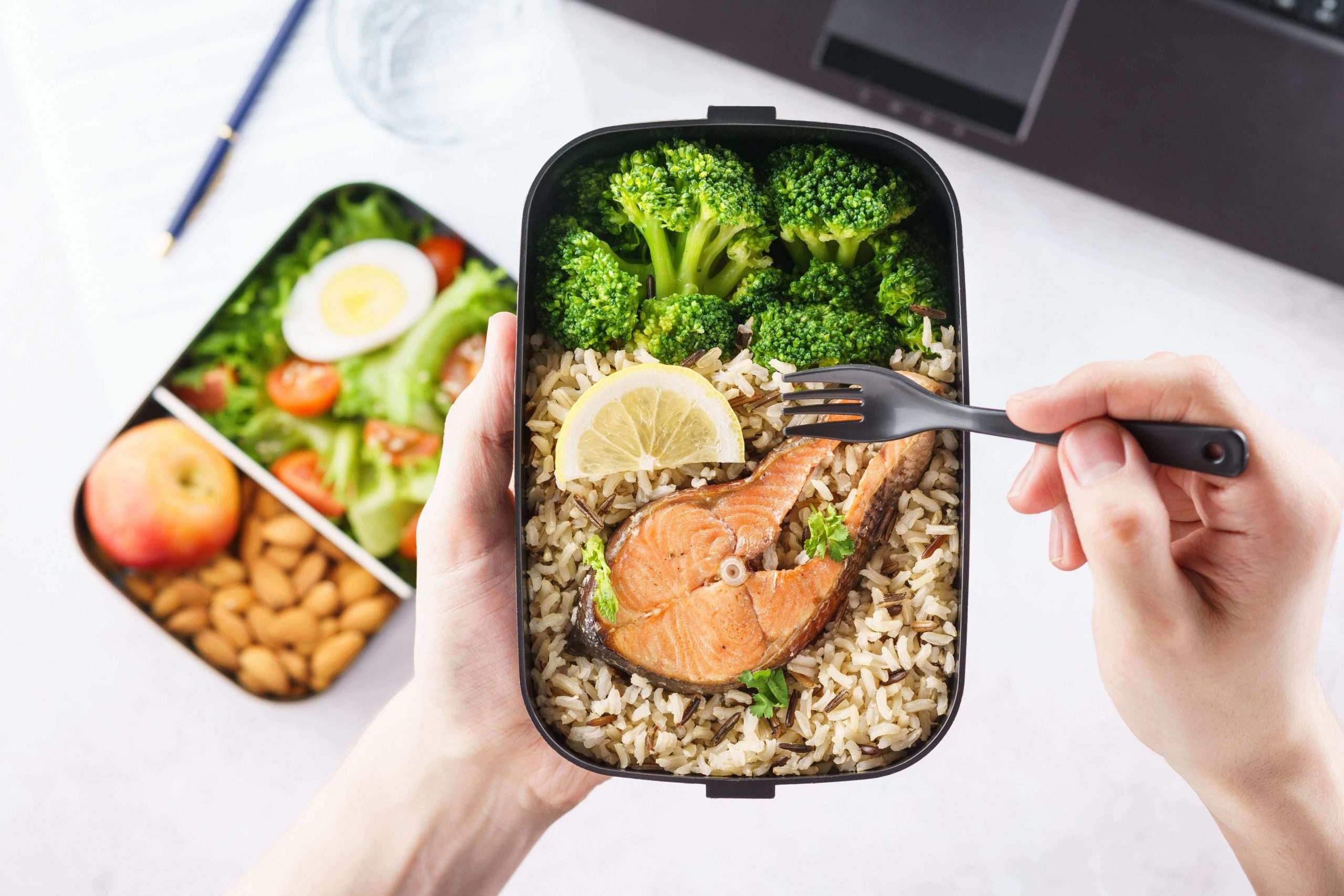
Image: AdobeStock | Tatiana Atamaniuk
Boosting sales
In August 2020, the UK the government announced the ‘Eat out to help out’ (EOTHO) scheme in an effort to address this concern. In his weekly briefing report, analyst Peter Backman, a commentator on the structure and dynamics of the foodservice sector and its supply chain, examined whether the scheme has had the desired impact of on the UK’s foodservice sector.
Figures recently released show that in August 2020, UK sales figures were boosted to almost those of the previous year. This boost encouraged many businesses to fund the scheme themselves through September, but by October figures started to slip, hampered by local, regional lockdowns that banned eating out, and the dawning realization that a second wave of Covid-19 infections was imminent. There was even speculation – vehemently denied by UK sector leaders – that EOTHO had contributed towards a rise in the infection rate.
Still restricted
Many other countries are putting new restrictions in place due to a reinfection rate that refuses to go down. Turkey’s President Recep Tayyip Erdogan announced in mid-November: “A lockdown restriction will be imposed outside the hours of 10am-8pm over the weekends in a way that will not disrupt supply and production chains… and all restaurants and cafes will only offer a delivery service.”
In France, restaurants and schools will not reopen until at least 20 January, and this is dependent on daily cases dropping below 5,000. Bars, cafes and nightclubs are closed indefinitely. Angry restaurateurs found little comfort in President Macron’s pledge to increased financial support, up to €10,000 per month, to businesses forced for health reasons.
And so back to the question that has been asked all around the world since last March: what does the future foodservice landscape look like?The mid ‘mass market’ Casual Dining sector has been, without doubt, one of the worst affected sectors but, in reality, it was already on a downward curve before the crisis began, says Hanlon. “The current shake up of this sector will see the end of the tired and distressed brands, resulting in a more focused and sharper market supply, and will provide more opportunity for entrepreneurial independent offers to flourish. A positive from this may be a move away from the ‘cookie cutter’ approach to our high streets and shopping centers resulting in less brand fatigue and replaced with more innovation and ‘local’ touches.”
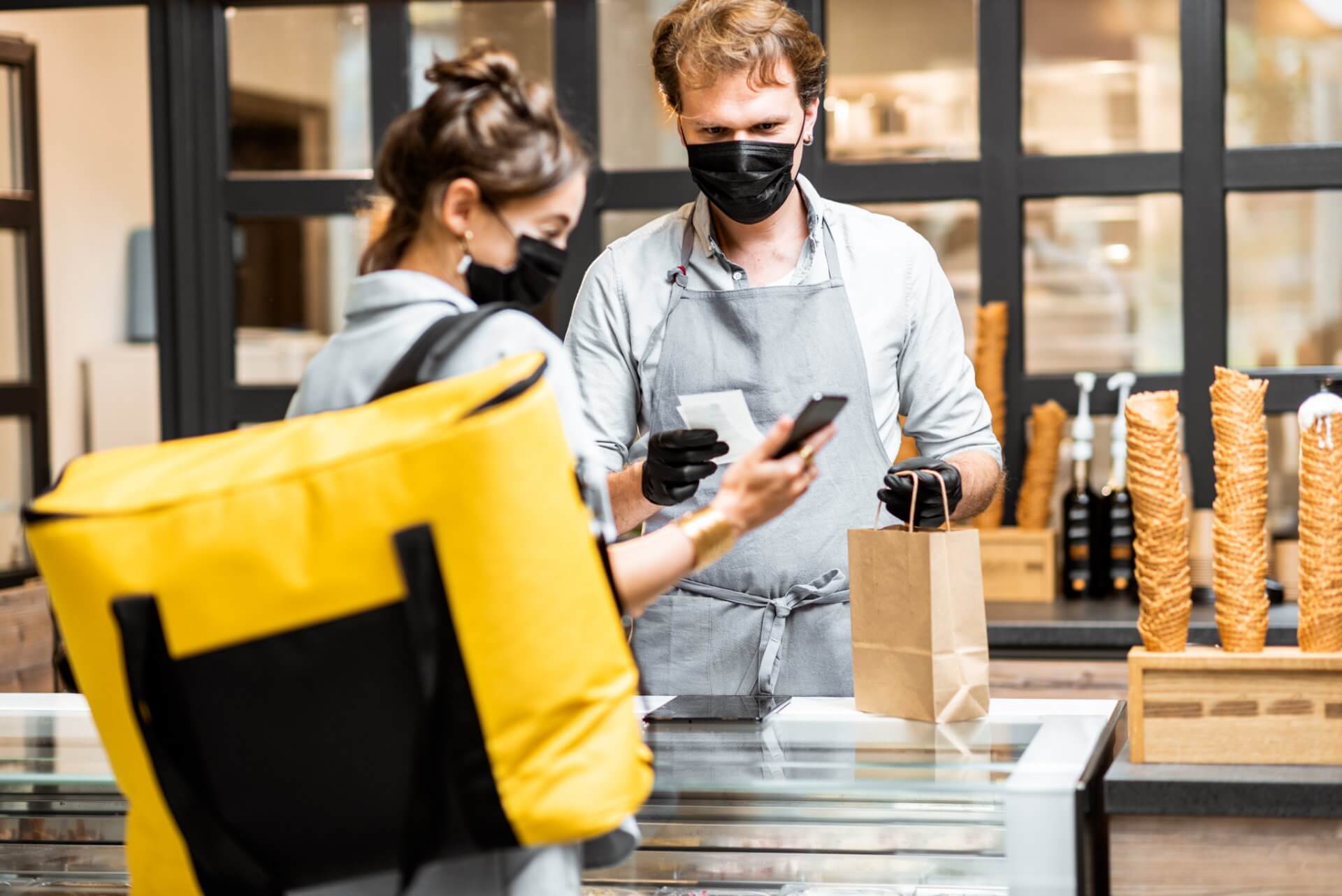
Image: AdobeStock | rh20
Into next year
We can never forget that this is a sector that is adaptable and innovative and there are many lessons learned over the past year that will carry foodservice operators into 2021.
“We can see most operators diversifying their operations to have a balance of showcase ‘bricks and mortar’ units combined with dark kitchen and delivery facilities,” says Hanlon. “The focus of ‘bricks and mortar’ stores may shift from city center sites to more neighborhood offers, given the irreversible appetite for consumers to work from home for at least part of the week and a more localized approach to shopping and dining out.”
He again emphasizes that physical stores will continue to offer operators and customers “the much-needed hospitality and intangible elements needed for a dine out occasion such as service, atmosphere and experience.”
Like many other commentators on the effects of the pandemic on foodservice one of Hanlon’s biggest takeaways for 2021 is the growth in the use of technology. “One thing that the crisis has seen is that the adoption of technology by operators across all sectors has progressed massively, mainly through the need to find new ways to sell,” he says. “This use of technology is here to stay.”


